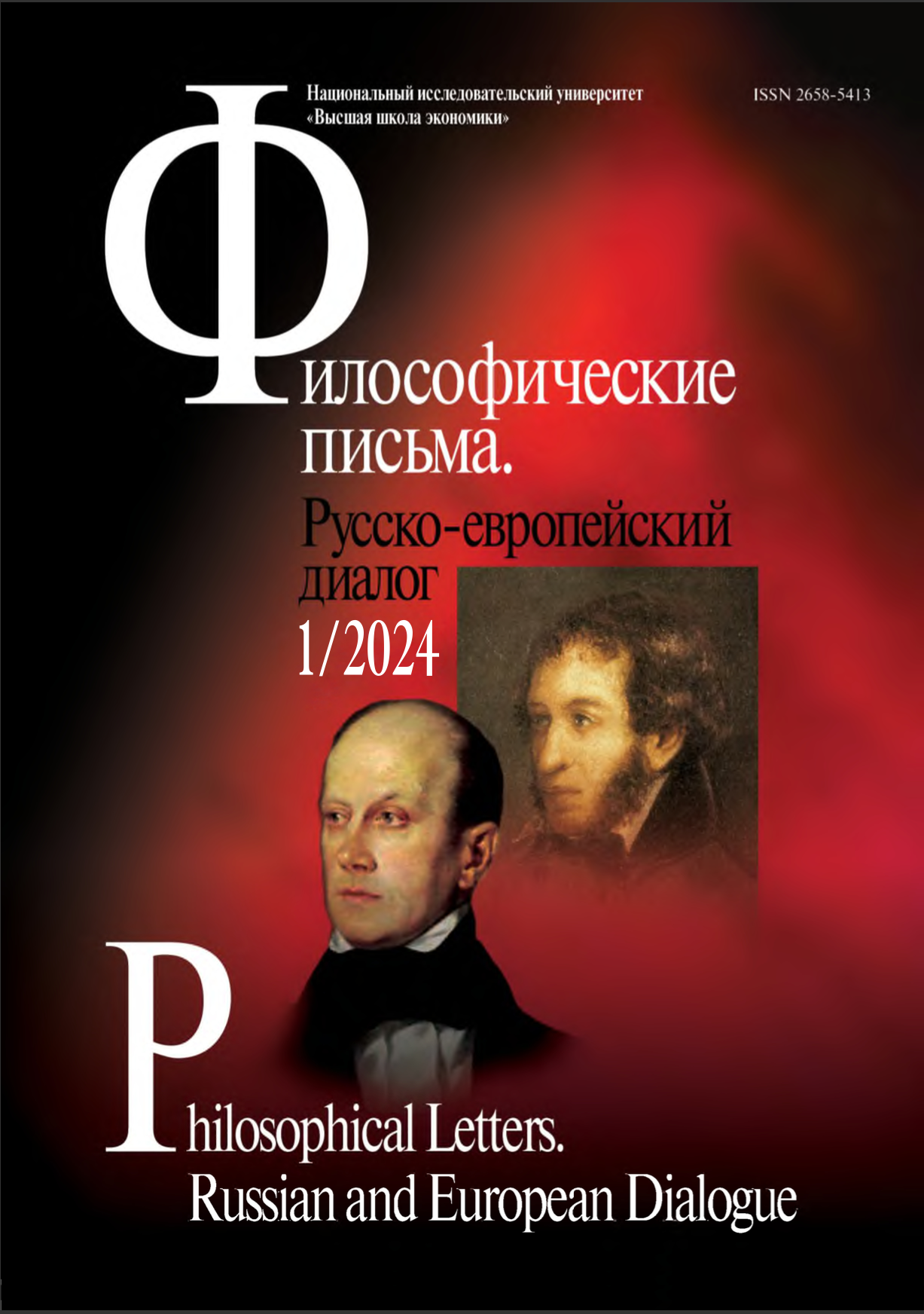The Voltaire Chair. About the source and subtexts of F. M. Dostoevsky’s story ‘The Dream of a Ridiculous Man'
Abstract
The article examines the allusive plan and history of the creation of F. M. Dostoevsky’s short story “The Dream of a Funny Man” (1877). Special attention is paid to the analysis of the plot continuity of this work from “Memnon” and “Micromegas” by Voltaire, many components of which are connected by direct alluvial or hidden cryptographic links with Dostoevsky’s story. Quotations and reminiscences are found, and a version is put forward according to which the “Dream of a Funny Man” was conceived by the writer in 1869. The connection of the ideology of this work with the one developed during the 1860s and 1870s is analyzed. “Organic philosophy”, which was formed in its original view in the editorial offices of the journals “Time” and “Epoch” (1861–1865), in which the religious intuitionism of the older Slavophiles, “organic criticism” by A. A. Grigoriev, the idea of the “wholeness and unity of the universe” by N. N. Strakhov and literary-philosophical experiments, in the form of a peculiar version of the menippea (“samples” of the philosophical concept in its pragmatic implementation in reality) in the artistic practice of F. M. Dostoevsky.

